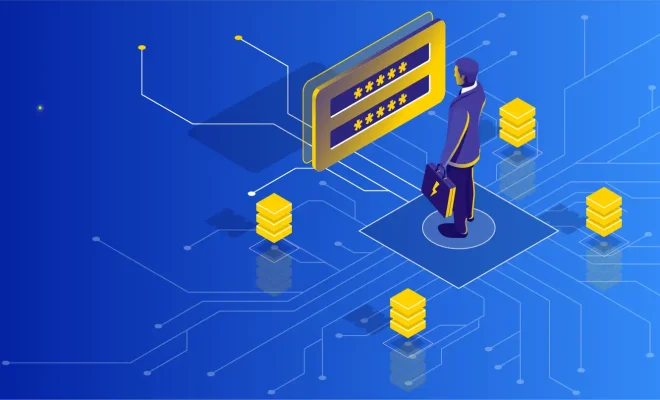Hardware vs. Software vs. Firmware: What’s the Difference?

In the world of technology, there are three main components that are crucial in making any device work. These components are hardware, software, and firmware. While they all work together to provide us with the technology we use daily, they each serve very different purposes. This article will explore the differences between hardware, software, and firmware.
Hardware refers to the physical components of a device that you can touch and interact with. This includes things like keyboards, screens, processors, and memory chips. Hardware is responsible for the basic functionality of a device and provides the foundation for any software or firmware that runs on it. Without hardware, computers and other electronic devices wouldn’t exist.
Software, on the other hand, is the code that runs on a device. It’s the instructions that tell hardware what to do and control the functionality of the device. Software can be anything from your computer’s operating system to an app on your smartphone. It’s what allows us to interact with our devices and perform tasks.
Finally, firmware is a type of software that is embedded into the hardware and controls its basic functions. Firmware is specifically designed to operate the hardware and is not meant to be changed or modified by the end-user. It’s essentially the middle ground between hardware and software. Firmware can be found in various devices such as printers, routers, and mobile phones.
In terms of practical applications, hardware, software, and firmware all work together to create the technology we use. For example, a computer’s hardware includes things like a keyboard, a monitor, and a motherboard. The software running on the computer includes the operating system and various applications. Finally, firmware is responsible for controlling the computer’s basic hardware functions such as starting up the device and managing its power settings.
So, what’s the difference between these three components? The main difference is that hardware is physical, software is digital, and firmware is a mix of the two. Hardware can’t be changed, software can be modified, and firmware is somewhere in between. Without hardware, software and firmware couldn’t run. Without software, hardware wouldn’t be controlled, and without firmware, hardware couldn’t perform its basic functions.
In conclusion, hardware, software, and firmware are essential components in the technology we use daily. While they all work together to create the devices we know and love, they each serve very different purposes. Hardware is the physical component, software is the code that controls the hardware, and firmware is a mix of the two. Understanding these differences can help us better appreciate and troubleshoot the technology we use.






